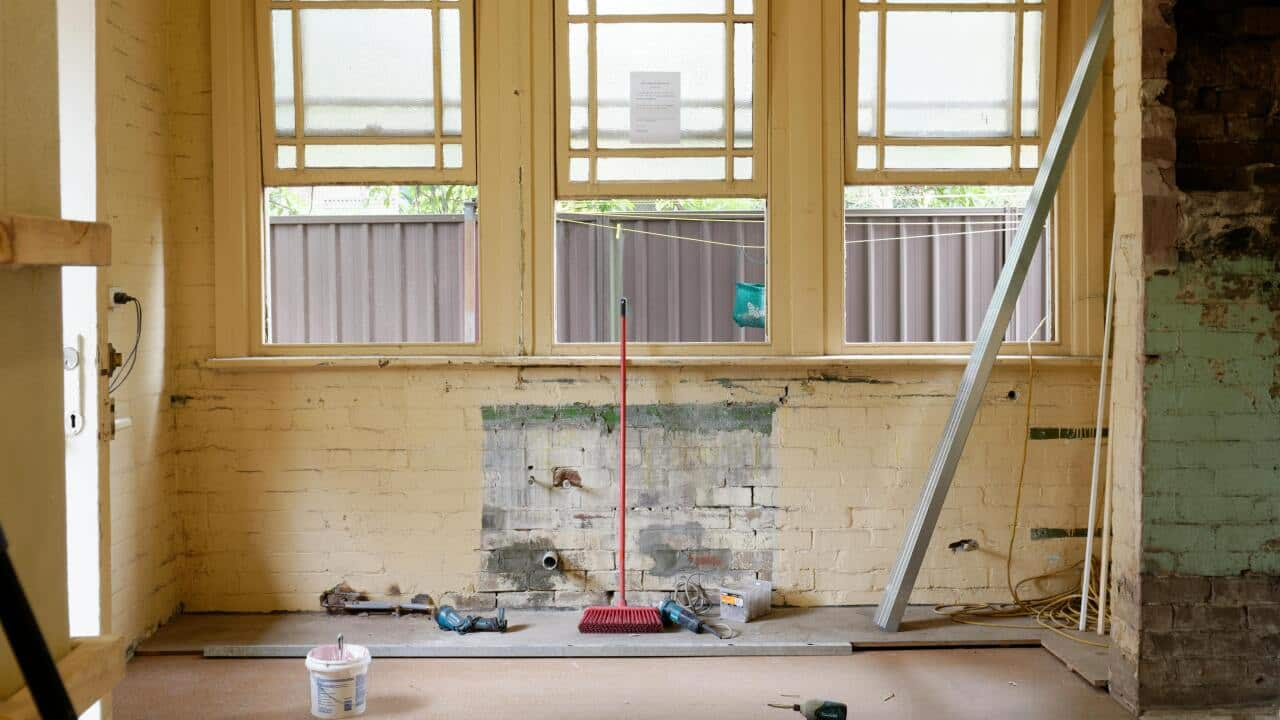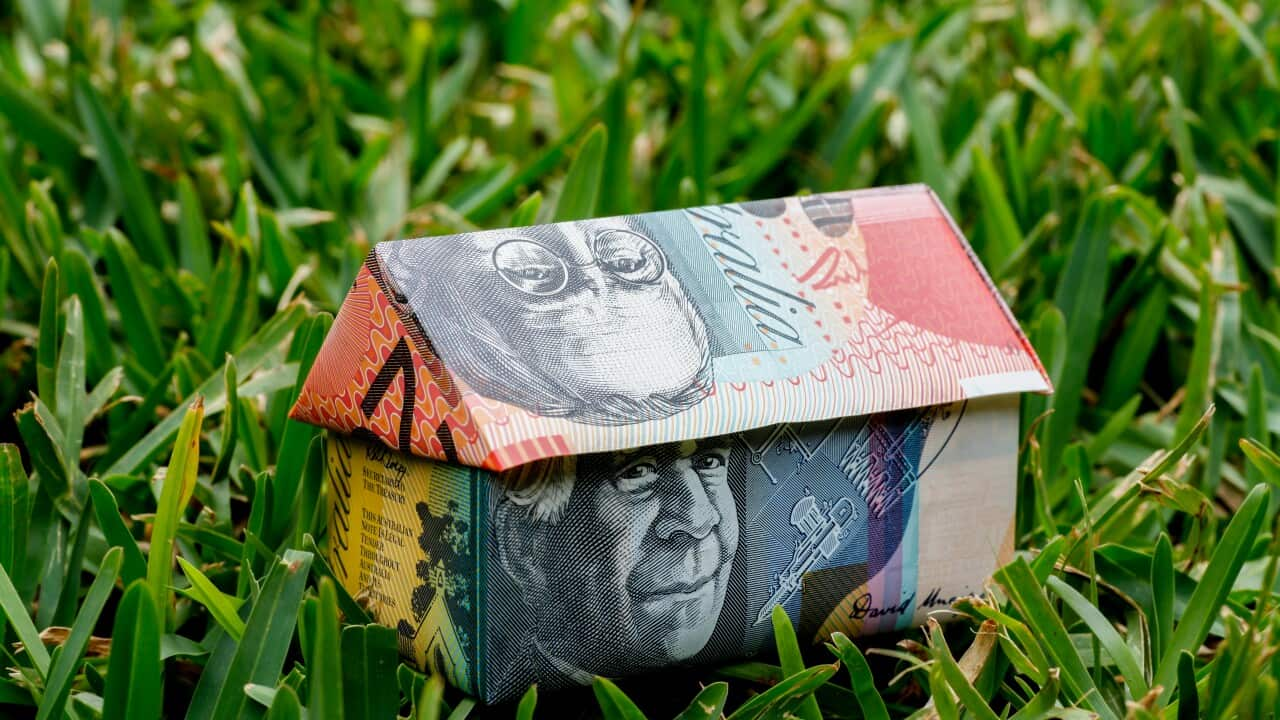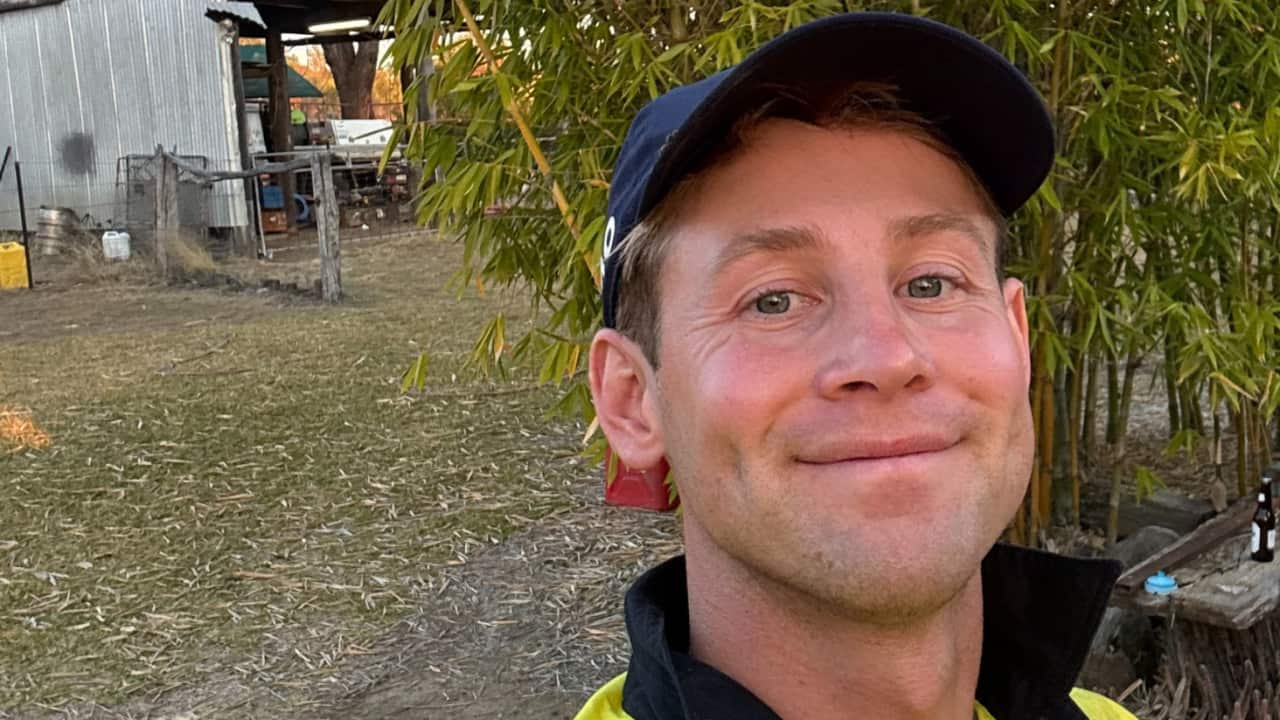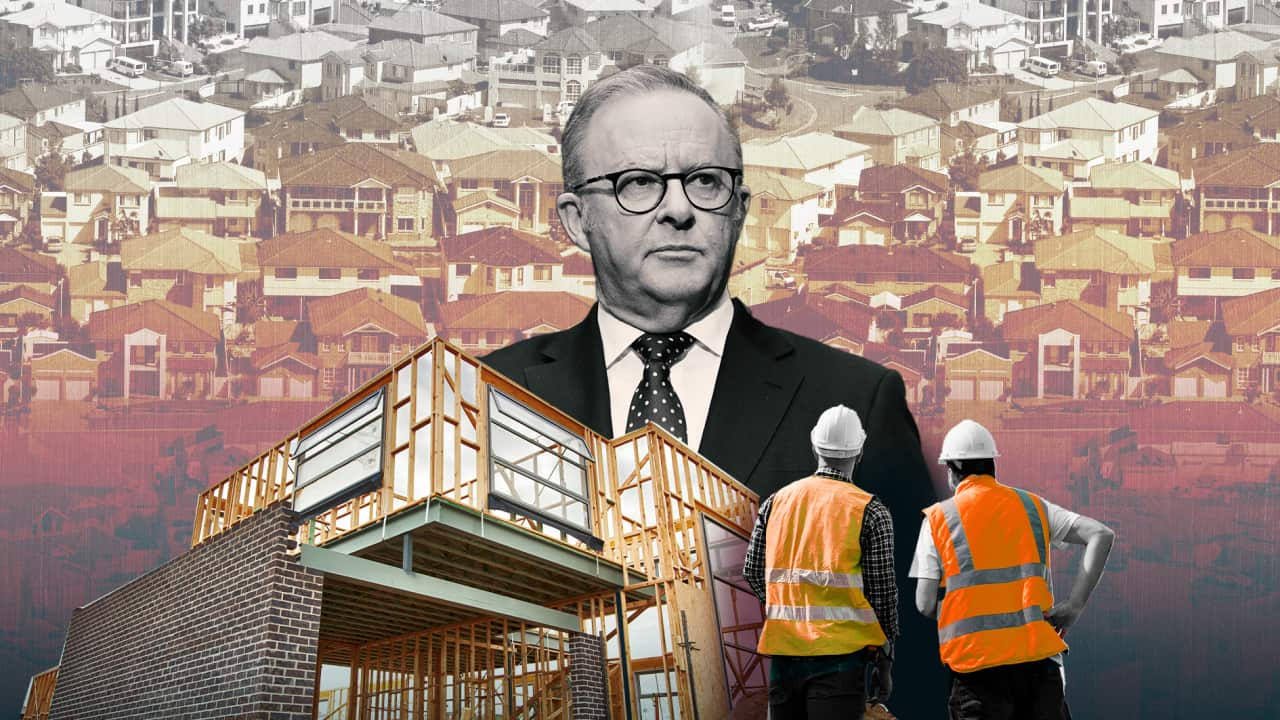For the past week, mortgage broker Damian Wallace has been fielding double the usual number of calls from aspiring first home buyers.
His office is situated in the harbourside business district of North Sydney, where the median house price sits at a cool $3 million.
With recent policy changes allowing first home buyers to purchase property with just a 5 per cent deposit, many are hoping this is their chance to enter the housing market.
But Wallace says in reality, it isn’t that simple — there are plenty of extra costs to consider.
"Don't get me wrong, I think this is a good scheme for the right people. It's not a 5 per cent deposit scheme," he told The Feed.
"I think this would be more appropriately named the 95% Borrowing Scheme."
We asked him to run the numbers on what a single person earning the median Australian income could borrow. Hint: it isn’t much.
What’s changed for first home buyers?
From 1 October, all first home buyers are entitled to purchase a home with a 5 per cent deposit rather than the usual 20 per cent, with the federal government guaranteeing the other portion of the deposit.
The Home Guarantee Scheme, now rebranded as the 5% Deposit Scheme, has been expanded and previous caps on incomes and places available have been scrapped.
The idea is to help first home buyers get into property sooner, shaving off years needed to save for a deposit. As well, buyers can avoid shelling out for Lenders Mortgage Insurance (LMI), which is payable when you borrow more than 80 per cent of the value of your property.
Price caps on homes have also been lifted to keep pace with rising property prices. Homes ranging from $500,000 in regional South Australia to $1.5 million in Sydney are now included in the scheme.

New property price caps are in place, to keep up with the growth of the property market. Source: SBS / Caroline Huang
Housing Minister Clare O'Neil has called the scheme "life-changing", saying it would help young people start building equity in their own home rather than paying off someone else's mortgage.
"[First home buyers] could save up to 10 years off the time it takes to save for a deposit," she said in an online joint statement with Prime Minister Anthony Albanese in early October.
But others disagree — Greens senator Barbara Pocock said the scheme will fuel demand for housing, driving property prices further out of reach for first home buyers.
"[It will] make it harder, not easier, for those first time buyers who are desperate to get a roof over their heads and have a liveable level of mortgage debt," Pocock said, also early this month.
Single with an average income? You might be out of luck
"I am sorry to break it to you," mortgage broker Damian Wallace said, consulting his papers.
"Your maximum borrowing on that income is going to be … $250,000 to $275,000."
He’s talking about the borrowing capacity of someone making $1,400 per week or roughly $73,000 a year — the median income in Australia.
That’s according to the Australian Bureau of Statistics’ (ABS) latest Employee Earnings release from August 2024, which we’ve asked Wallace to use in his calculations.

Mortgage broker Damian Wallace says the 5% Deposit Scheme is a bit of a misnomer - there are other costs to consider that can quickly add up. Source: SBS
"When we're talking to first home buyers in other states like South Australia or Tasmania who are buying a home to live in, it's a lot more approachable for a unit."
However, with two people earning the median income, borrowing capacity shoots up to between $755,000 and $775,000.
"When you put the same salaries together, your borrowing capacity more than doubles, because your living expenses … aren't doubling," Wallace said.
Data from the federal parliamentary library (and commissioned by The Greens) shows most people in the 10 most common professions couldn’t afford mortgage repayments on the median home without falling into housing stress — that is, spending more than 30 per cent of their income on housing.
For example, a teacher could be spending as much as 87 per cent of their income if they bought a house in Sydney, where the median house price is $1.5 million.
To qualify for a loan on a $1.5 million home with a 5 per cent deposit, Wallace said you would need to earn $325,000 – $330,000 as a single applicant, or $330,000 – $335,000 as a couple.
Other factors, such as your credit history, savings, assets, debts and expenses, also affect how much you can borrow.
The true cost of buying a home
So you’ve been approved for a loan. Even before you start paying back your mortgage, there are a host of other costs you’ll need to prepare for.
Most states and territories offer stamp duty concessions for first home buyers, but only up to a certain threshold — which means you might still be on the hook for tens of thousands of dollars.
"You're paying full stamp duty on any property above a million dollars," Wallace said.
He said you’ll also need to set aside around $3,000 for solicitors’ fees, $1,000 to $1,500 for settlement adjustments and extra for bank fees.
"So that can all add up to about a $5,000 fee on top of your stamp duty. So the total deposit you would need on a $1.5 million property comes in at … about 9.5 per cent of the purchase price," Wallace said.
"So it's almost $150,000."

Couples have a far greater borrowing capacity than single applicants. Source: Getty / skynesher
It's important to note: the government isn't giving you a cash handout by guaranteeing 15 per cent of your deposit. It means if you default on your loan and selling the house doesn't cover the money owed, the government agrees to pay the lender the 15 per cent.
A smaller deposit means you’ll be taking out a larger loan (95 per cent v 80 per cent of the purchase price) and forking out more interest in the long run.
Let's say you want to buy a $1 million house, the 5 per cent deposit would cover $50,000 of the purchase price and you would need a $950,000 loan. That's compared to a loan of $800,000 if you had the standard 20 per cent (in this example $200,000) deposit.
"If we're talking about a million-dollar purchase, you'll pay approximately $150,000 more interest over the life of the loan," Wallace said.
"Now some people say, well, that's money well spent, because if I waited to save that 20 per cent deposit, the property market goes up."
High-income couples are the winners
There are some clear winners through the scheme — Wallace said high-income couples are set to benefit most.
"This scheme is good for anyone who has got the income to demonstrate to the bank that they can afford the repayment of the loan, who doesn't quite have the deposit to get down to an 80 per cent lend," he said.
"So these are effectively new couples typically who come together who haven't got the savings, but have got a really strong income."
Unless you’re earning comfortably over six figures, it’s unlikely you’ll be able to get into properties at the upper end of the price limit. For young singles on the median income, Wallace said they could potentially benefit by looking for more modest homes.
"Depends on if you can find a one-bedroom apartment … for $400,000, $500,000, $600,000," he said.
"The greater the savings you've got, the more likely it is you're going get into your home. You need to also continue to try to grow your salary.
"Let's cut to the chase — to own a home in Sydney is difficult."
Share
Through award winning storytelling, The Feed continues to break new ground with its compelling mix of current affairs, comedy, profiles and investigations. See Different. Know Better. Laugh Harder. Read more about The Feed
Have a story or comment? Contact Us





